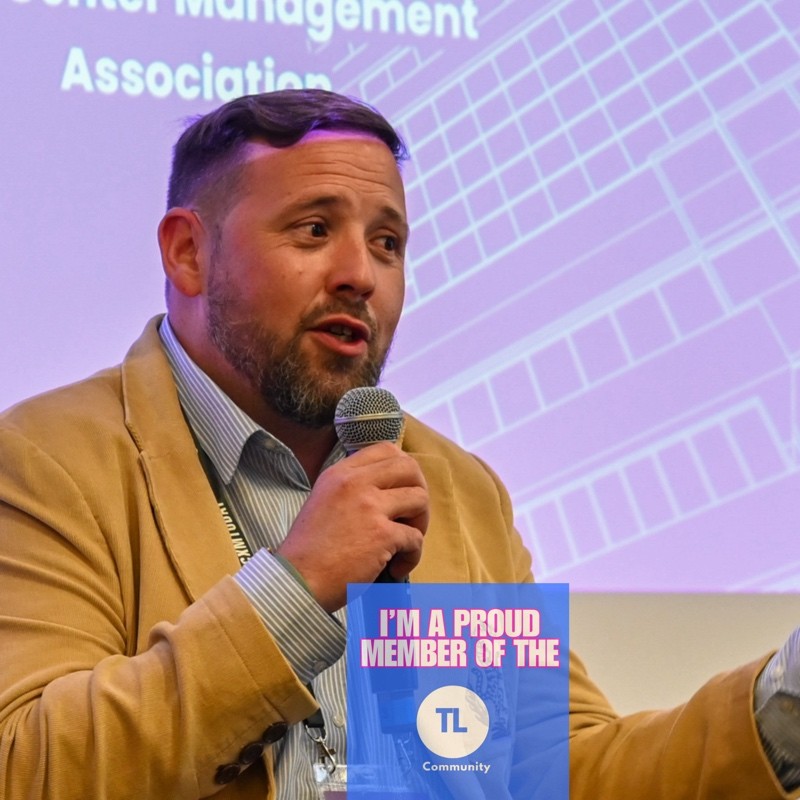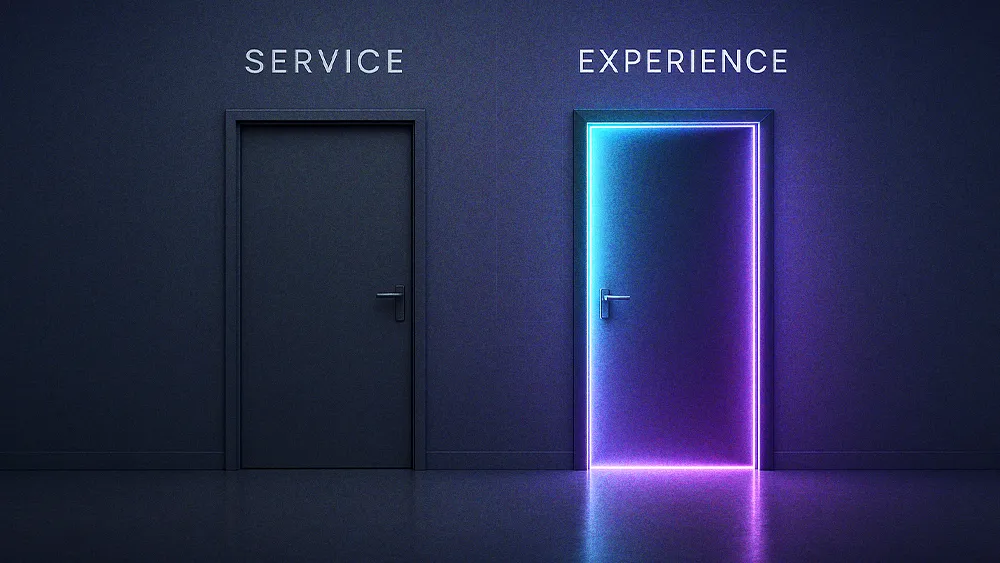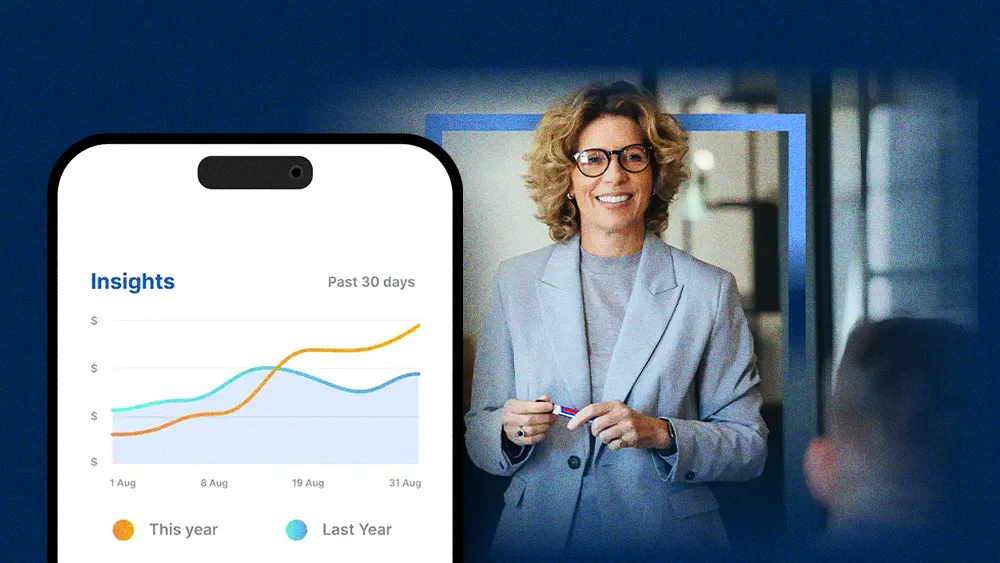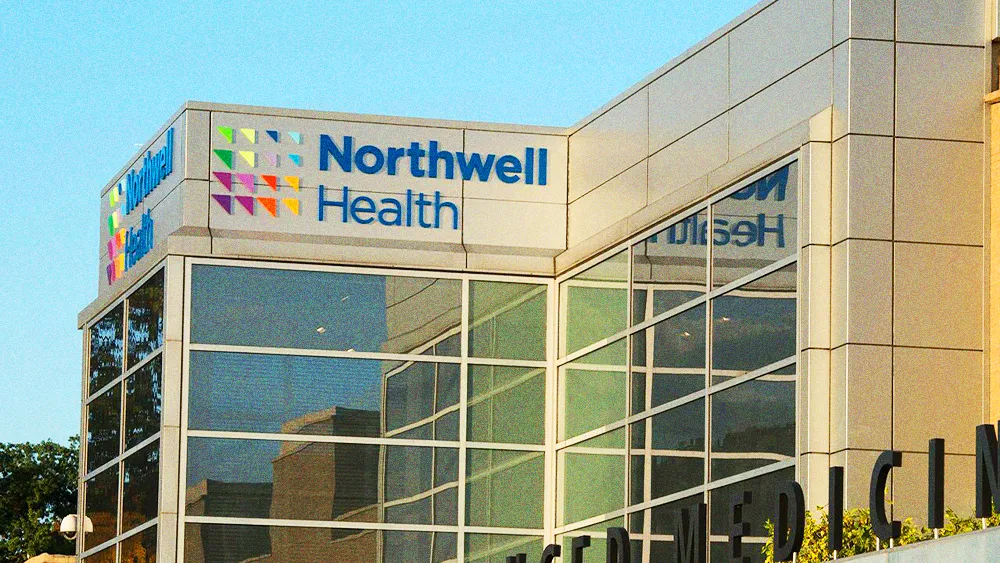
All articles
In CX, AI Turns Human Connection into a Competitive Advantage
Barry Cooper, Group Head of Customer Experience at Moneycorp, explains how his people-first AI strategy creates better coaches, happier teams, and a healthier bottom line.

Key Points
CX leaders are using AI to foster employee development and make human connection a competitive advantage.
Barry Cooper, Group Head of Customer Experience at Moneycorp, explains how AI-powered tools can deliver hyper-personalized coaching that frees up teams to focus on higher-value, more emotionally intelligent work.
He describes how the strategy creates a "full cycle," where investing in employees' unique talents improves customer experience and drives business growth.
Without a good employee experience, you won't get the returns on your customer experience. You simply won't get the results from whatever changes you make internally and externally without making a connection and engaging your employees.
Customer experience leaders are discovering a powerful new use for AI: employee development. Beyond automation, the strategy applies AI insights to guide personal growth and prepare teams for emotionally complex interactions. Already, some experts say the practice transforms human connection into a distinct competitive advantage.
One CX leader implementing AI for enterprise employee development is Barry Cooper, Group Head of Customer Experience at Moneycorp. A customer-centric leader and UKCCF Awards Judge with over 19 years of experience in the contact center industry, Barry believes the true purpose of AI lies in empowering people, not replacing them. To deliver on the promise of AI for employee training, he says leaders need to tie employee experience with tangible customer results first.
A tale for two bosses: Effective CX leaders must learn to translate raw data into a compelling business narrative adapted for a specific audience, Barry explains. "You have to learn to manage up, and that means tailoring your story. Your Chief Operating Officer wants to know how you can improve the operation and what that means for your people and their experience. Your Chief Financial Officer wants to know what it means for revenue and return on investment. And the CEO wants to know what it means for all of it."
The human foundation: The ROI-driven strategy depends on a thriving employee experience tied directly to customer success, he continues. Here, the principle is simple: investing in your people is investing in your customers. "Without a good employee experience, you won't get the returns on your customer experience. You simply won't get the results from whatever changes you make internally and externally without making a connection and engaging your employees."
The coaching catalyst: One powerful application for AI in the contact center is supporting hyper-personalized, human-to-human development, Barry says. When managers have the tools to be genuine coaches, they can move beyond supervision to make employee engagement a reality. "We can use AI to help with that, especially in quality assurance and coaching. With a tool like always-on speech analytics, the AI is constantly listening and can give a team leader quick insight into what each individual needs. It moves the conversation beyond generic metrics like high average handling time and toward addressing specific needs, such as helping an individual like Barry focus more on his sales."
Real-time, on-screen coaching is part of a broader industry trend toward using AI-powered simulations for customized training programs, Barry explains. As AI automates routine tasks, human agents can focus on higher-value, more demanding work, like developing emotional intelligence to build strong customer connections, he says. However, it's up to the leaders to unlock the unique potential of individuals in such an environment, he clarifies.
Encouraging leaders to uncover and use the hidden talents within their teams is a philosophy Barry himself champions. Recalling one "business has talent" initiative, he describes how employees brought their outside skills to the business: graffiti artists within the team redesigned and refurbished an office canteen to elevate the team's environment, while undiscovered writers contributed to the company's public-facing blog.
Empathy, illustrated: In what Barry describes as a "full cycle," using people's inherent talents directly benefits the customer and, ultimately, the business. "My wife, Paula, was working with an employee with ADHD who struggled with traditional, text-heavy PDPs. So she asked her, 'How do you want this to go? What does this need to be for you?' Together, they spent two hours creating a PDP that was purely pictures. For the goal of content creation, they used a picture of a camera. When you start thinking about the individual you're leading and their needs and how to be there for them, that's what brings you back to the full cycle of the customer experience."
For Barry, success is the result of a disciplined, multi-step process. "The process starts with insights from a number of sources, such as a Net Promoter Score survey. For instance, we might find 100 customers who say an issue with our online platform means they're less likely to use us. After making changes based on that feedback, we go back to those clients to measure the result. We can then see the shift from a projected dip in usage to better client adoption because of the specific changes we made." Macy's stock surge following its CX strategy overhaul, for example, demonstrates how the approach can be a powerful driver of business success.
Ultimately, investing in people and customers is a direct path to a healthier bottom line, Barry concludes. To prove that value in the boardroom, leaders need to articulate their department's impact in terms of revenue, ROI, and what it means for clients. "You can sit with your board members and present the full story, showing that the initial issue was projected to cause a specific loss of revenue. Then you can say, 'After the changes we made, here is what it's done for our revenue and our output. And this is the impact it's had on our colleagues and engagement.'"







